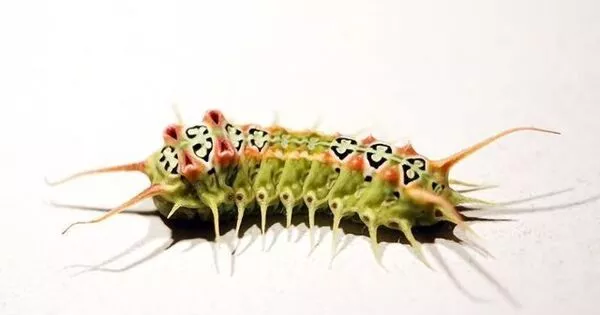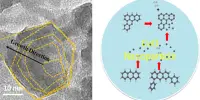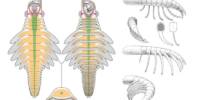Venomous creatures, such as caterpillars, have evolved a variety of strategies for capturing prey or defending themselves. It is known that venom components can come from a variety of sources, including genes that have evolved over time. Bacteria is one such source.
Toxins found in the venom of asp caterpillars are unlike anything else found in insects, according to researchers. Toxins in caterpillar venom work in the same way as toxins produced by pathogenic bacteria such as E. coli and Salmonella. Venoms are a rich source of new molecules that could be developed into future medicines, pesticides, or scientific tools.
Researchers at The University of Queensland have discovered the venom of a notorious caterpillar has a surprising ancestry and could be key to the delivery of lifesaving drugs.
We were surprised to find that the venom of asp caterpillars was completely different from anything we had seen before in insects. When we looked at it more closely, we saw proteins that were very similar to some of the bacterial toxins that make you sick.
Dr. Walker
Toxins in the venom of asp caterpillars punch holes in cells in the same way as toxins produced by disease-causing bacteria such as E. coli and Salmonella, according to a team led by Dr Andrew Walker and Professor Glenn King from UQ’s Institute for Molecular Bioscience.
“We were surprised to find that the venom of asp caterpillars was completely different from anything we had seen before in insects,” Dr Walker said. “When we looked at it more closely, we saw proteins that were very similar to some of the bacterial toxins that make you sick.”
Bacterial toxins of this type bind to the surface of cells and assemble into donut-like structures that form holes.
“It’s similar to the mechanism of box jellyfish venom – and as we’ve now found – caterpillar venom too,” Dr Walker said. “The venom in these caterpillars has evolved via the transfer of genes from bacteria more than 400 million years ago.”

The asp caterpillar (Megalopyge opercularis, a moth larva) is native to North America and is commonly found in oak or elm trees. It may appear innocuous, but its long hair-like bristles conceal venomous spines that can deliver an excruciating sting akin to touching hot coals or blunt force trauma, often requiring hospitalisation.
“Many caterpillars have evolved sophisticated defences against predators, such as cyanide droplets and defensive glues that cause severe pain, and we’re curious how they’re all related,” Dr Walker said.
“Venoms are a rich source of new molecules that could be developed into future medicines, pesticides, or scientific tools.” The amazing potential of snake and spider venoms has already been demonstrated by IMB research, but caterpillar venoms are particularly understudied. Because of their ability to enter cells, toxins that puncture holes in cells have special potential in drug delivery. There may be a way to modify the molecule to selectively target beneficial drugs to healthy cells or to kill cancer cells.”
















